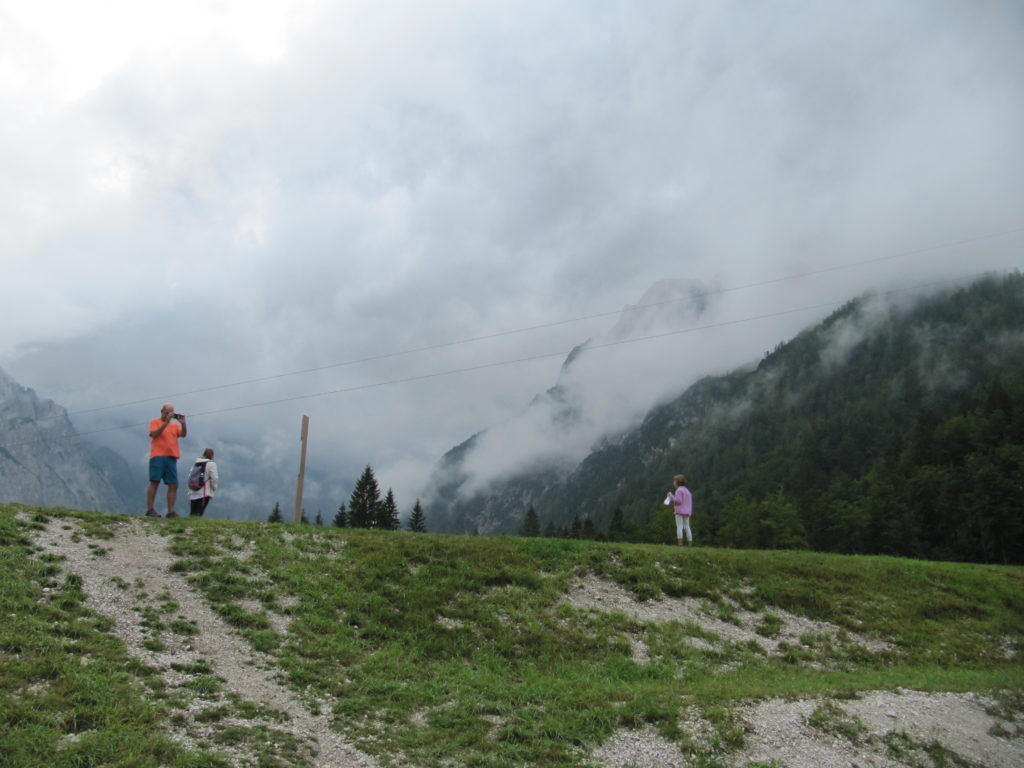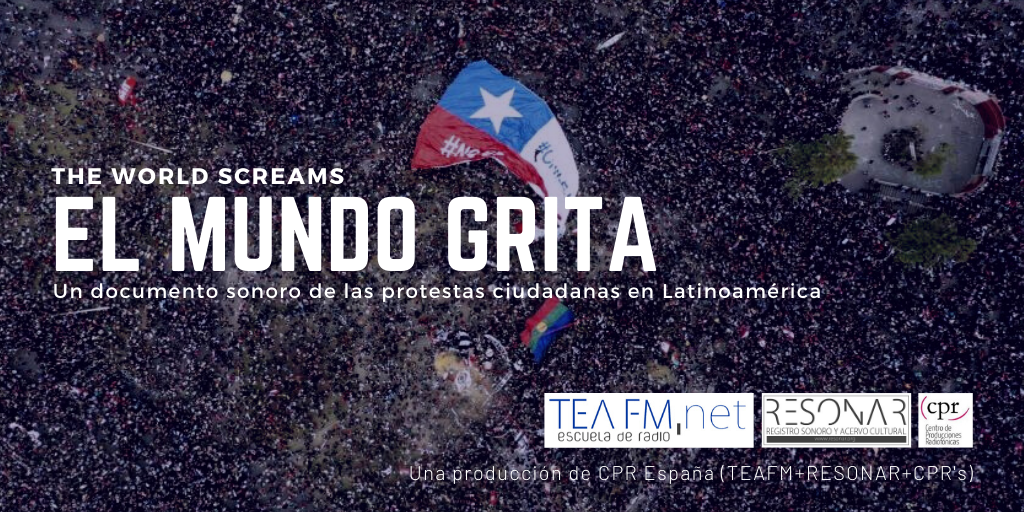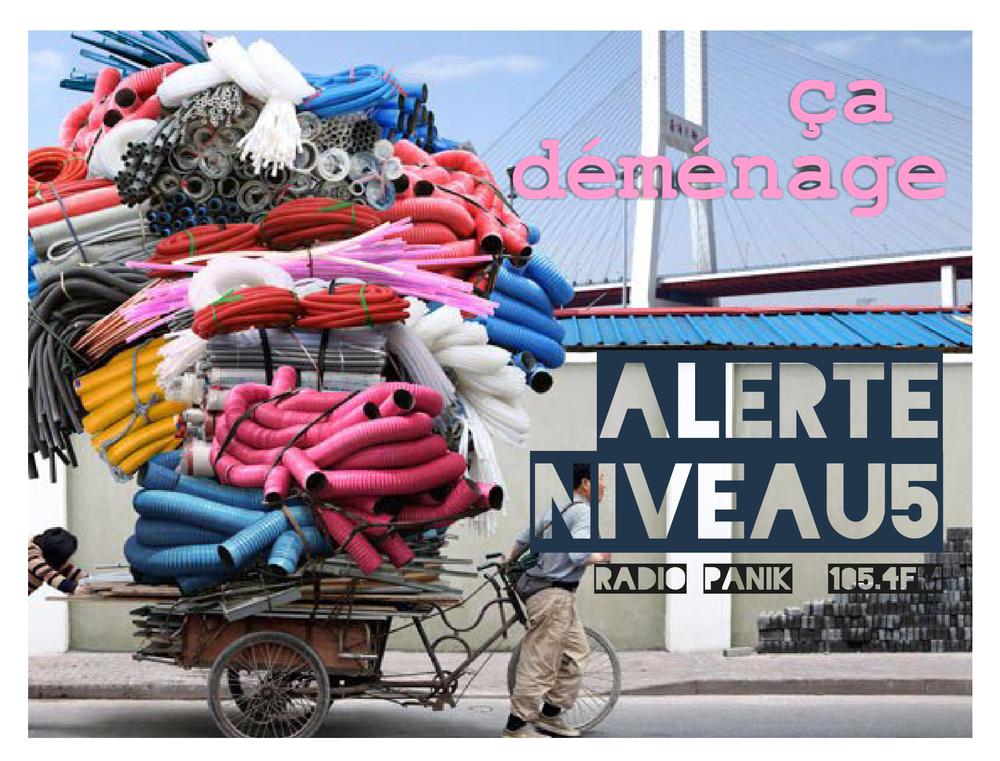
Marge Alpen Adria
The area crossed by the Alpe Adria Trail has always been a region of borders from ice age to cold war, but also of connecting paths of different kinds: military, animal, railway ones.
Through some research and walking, we investigated elements of dis / connection on the Alpe Adria Trail, collecting traces, documentation and creating some spontaneous interventions on the path.
We are two Italian and one Austrian artists from different backgrounds such as music, fine arts, game development, engineering and philosophy.
This is a flow of sounds recorded during the last walk in August 2019 along the Italian – Slovenian – Austrian borders. Eleonora Sovrani, visual artist, and Juliette Qualizza, musician walked from Robidišče to Tarvisio, passing through Prossenicco, Montemaggiore, Monteaperta, Gran Monte, Uccea, Saga, Bovec, Kranjska Gora, Canin, Sella Nevea, Cave del Predil, Coccau, Feistrits Alm, Feistritz an del Gail Arnoldstein. We spent the last days in a green house close to the Italian-Austrian border (Thorl Maglern) with Sarah Schalk, philospher and artist from Graz.
Sound suggestions speak of nature, mass tourism, intersections between people, prejudices, tradition, hospitality, isolation.
This was part of the project Interventions on the Alpe Adria Trail in 2019, supported by Österreichisches Bundeskanzleramt für Kunst und Kultur as well as Land Kärnten Kultur and Uti Canal del Ferro Val Canale
Credits: recording in August 2019 by Juliette Qualizza; voices: Eleonora Sovrani, Sarah Schalk, Matija Sirk, Juliette Qualizza; composing and editing in December 2019 by Juliette Qualizza
Radio Študent Radia.fm programme curated by Urška Savič.


